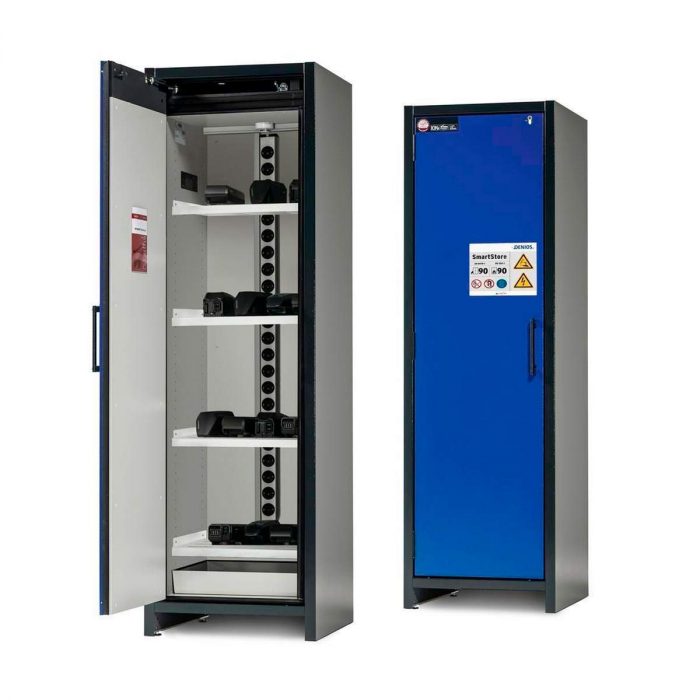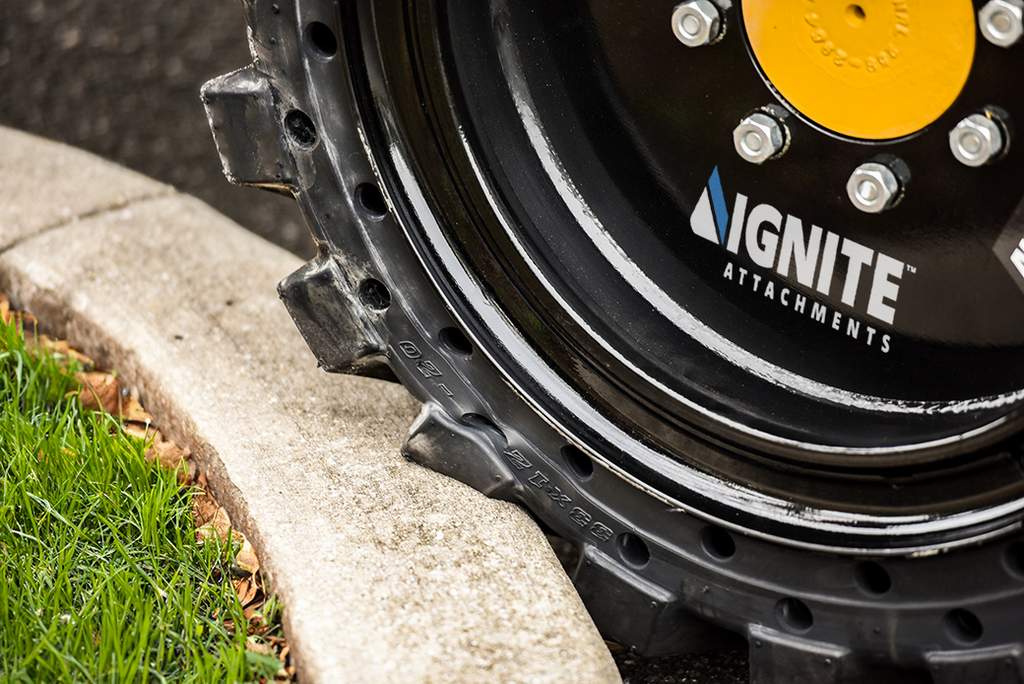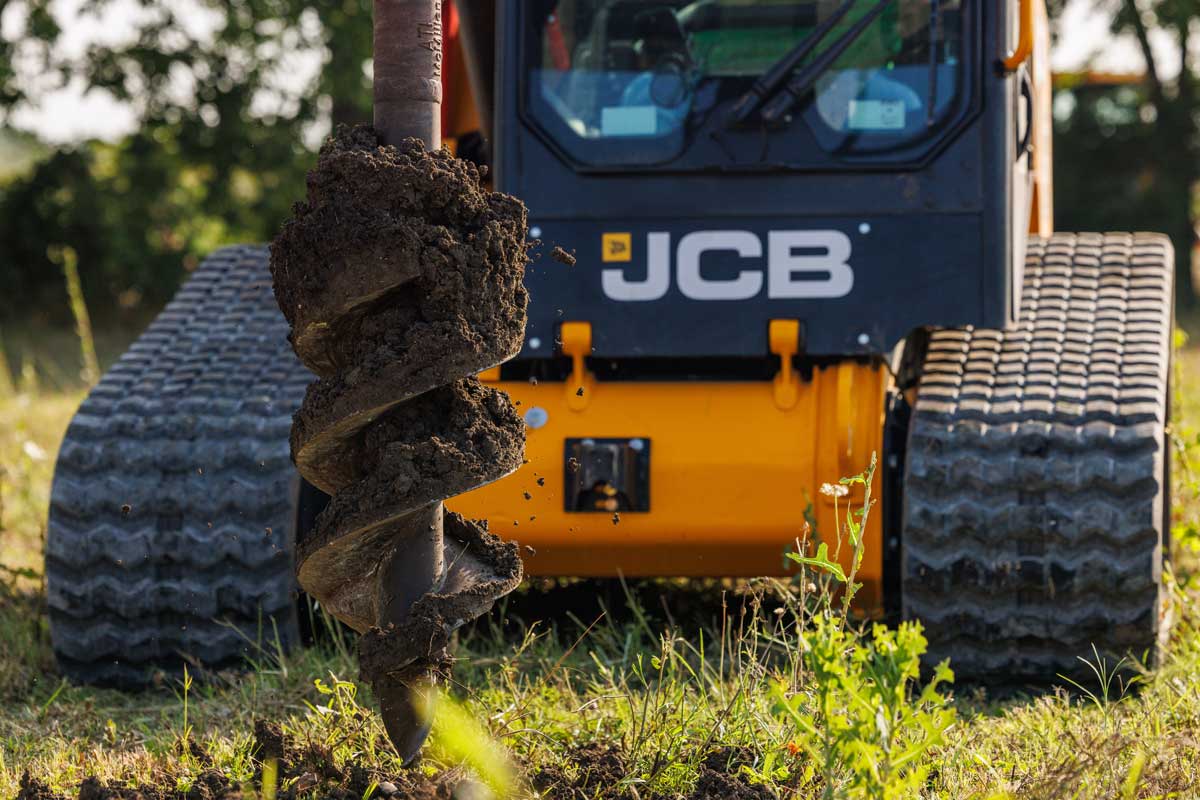Dig These Denios Lithium-Ion Battery Charging and Storage Cabinets

Lithium-ion batteries are very powerful, yet compact, energy storage solutions, which are commonly used in tools, gardening equipment and vehicles and other applications. Though practical, efficient, and apparently harmless, this battery technology includes inherent safety risks that shouldn’t be underestimated. Specifically, lithium-ion batteries pose an increased risk of fire and bursting. Their very high energy density can lead them to spontaneously combust or become unstable in certain circumstances and can explode if heated. Charging lithium-ion batteries unattended overnight is a common practice. A defective battery, charger, or connection cable can generate heat and lead to a fire. Another major risk factor is a thermal runaway of lithium-ion batteries caused by internal short circuits which are not apparent upon visual inspection. To alleviate these concerns, Denios introduces new Ion-Charge 90 storage containers designed specifically for lithium-ion battery charging and storage.
With 90 minutes of fire resistance from outside to inside (type 90/type tested in accordance with EN 14470-1) and for more than 90 minutes fire resistance for fires from inside to outside, these purpose-built containers protect against fire hazards due to thermal runaway, deep discharge, mechanical deformation, or chemical reaction. Denios Lithium-Ion Battery Charging and Storage Units are ideal for manufacturers, dealers and distributors incorporating Li-ion batteries into their products, as well as facilities using them. The cabinets are equipped with a transport base to ensure fast transportation. Once the cabinet is outside of the building at a safe location, rescue personnel can identify any further measures necessary.
Each unit features solidly welded construction for a long service life thanks to a triple hinge door, safety elements assembled outside the storage compartment for increased protection against corrosion, scratch- and impact-resistance, and an easy to clean surface. Lockable doors with a permanent self-closing function keep the contents safe from unauthorized personnel. Sockets for connecting chargers are included as are perforated shelves which help to dissipate heat build-up during the charging process. A collection sump located at the bottom of the cabinet is designed to catch any leakage which may occur from burning batteries. Lithium-ion batteries with obvious damage should generally not be stored inside buildings; dispose of them promptly in appropriate disposal containers suitable for transportation, outside of buildings.
The worldwide leader in hazardous material storage, Denios has developed a comprehensive guideline for the storage of Lithium-Ion Batteries which is available at https://www.denios-us.com/expertise-advice/help-advice/safe-storage-of-lithium-ion-batteries/.
I hate to be the bearer of bad news, but sometimes you can’t have it all… unless you rent. From finding the right dealer to scoring the perfect rental machine, we have you covered!





Comments are closed here.